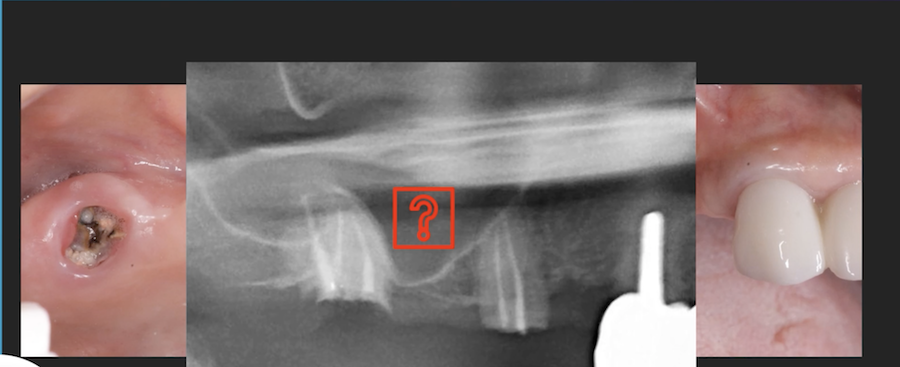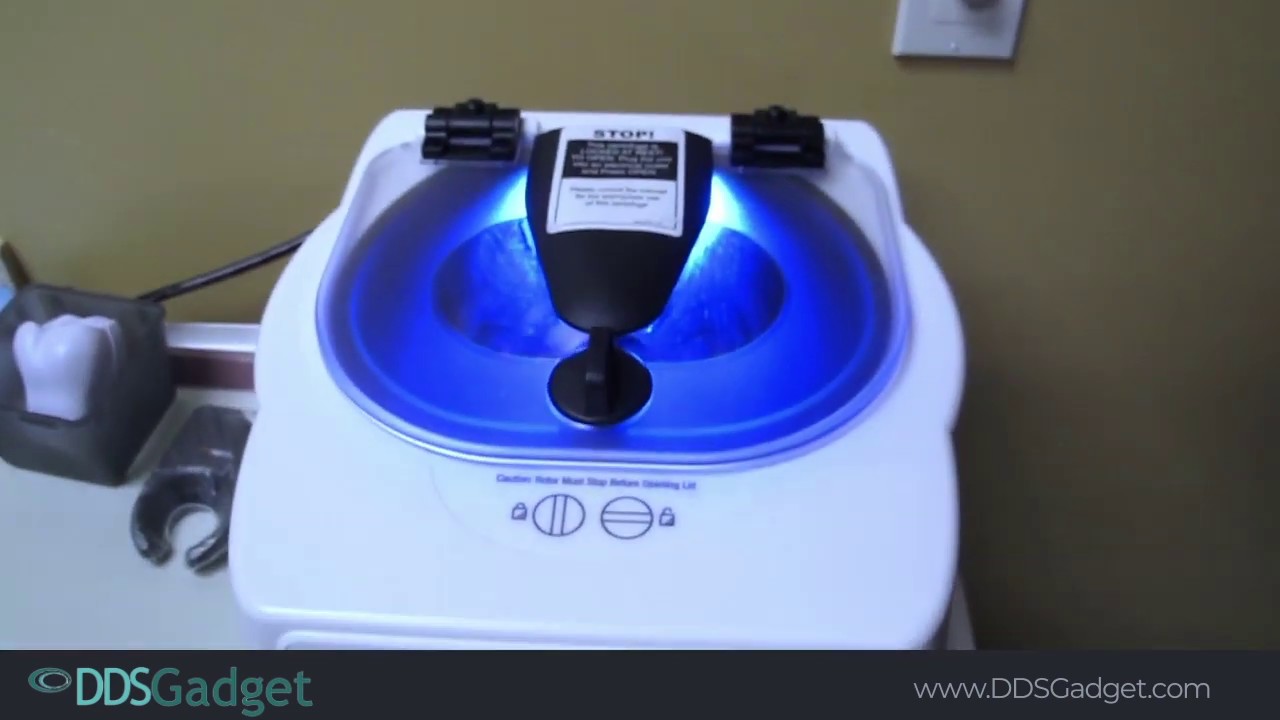Bone vs. Titanium: Are Wider Implants Justified?
Dr. IR, a general dentist, asks:
I just went to the Florida Society for Oral and Maxillofacial Surgeons meeting. One speaker discussed bone grafting and why it is so important to have more bone instead of more titanium. It is much healthier to have more fibrovascular tissue to grow around the implant surface than to have extra titanium in a wider or longer implant fixture. This will help with more blood flow which in turn will help with more bone growth which in turn will help promote osseointegration and maintain implant and bone health. However, some implant companies are advising dentists to use 8mm and 9 mm diameter implants in very wide extraction or osteotomy sites instead of doing bone grafts. The speaker was adamant that everyone should be placing the smallest possible implants and doing whatever bone grafting as necessary. Any thoughts on this?
















